Retiring Early and Taxes
At 55 years of age, Chris Hodges’ employer, MNA Corporation, has offered her an early retirement. Chris has accumulated $4 million in her company’s profit sharing plan, including $3 million in MNA stock. With 75 percent of the plan concentrated in MNA stock and a basis of $250,000, Chris wants to diversify her portfolio but knows that most withdrawals from a profit sharing plan are 100 percent taxable as ordinary income.
Since she is 55 and recently stopped working, Chris’s financial advisor lets her in on a little-known tax advantage. Chris can withdraw all of the MNA stock from the plan and pay income tax on only the plan’s basis in the stock. The difference between the plan’s basis in the stock and the fair market value of the stock is known as net unrealized appreciation (NUA) or Section 402(e) securities. NUA is taxed at capital gain tax rates, which are lower than ordinary income tax rates. Taking advantage of this provision means Chris can take the stock out of the plan and pay only $107,000 in taxes instead of the $1,279,000 she would have paid without the Section 402(e) election. At the conclusion of the transaction, Chris personally owns $3 million of MNA stock at a cost basis of $250,000.
In order to save even more in taxes and accomplish her diversification goal, Chris Hodges contributes the full $3 million in stock to a charitable remainder trust (CRT) to create a lifetime income stream. Since a CRT is a nontaxpaying entity, Chris donates the stock to the trust and the trust can sell the stock without incurring a tax liability, saving Chris $759,000 in immediate capital gain taxes. The CRT then invests the entire proceeds of the stock sale in a diversified portfolio that produces a lifetime cash flow for Chris. Additionally, Chris received an immediate tax deduction of $965,000, which can be used to offset Chris’s other taxable income. As an additional requirement to secure the Section 402(e) benefit, Chris must roll over the balance of her profit sharing plan into an IRA during the same year.
Chris’s new wealth management plan allows her to save a substantial amount in taxes, diversify her portfolio, receive a lifetime cash flow, and create a legacy by leaving money directly or indirectly to the charities she supports.
This is a case study and is for illustrative purposes only. Actual performance and results will vary. This case study does not constitute a recommendation as to the suitability of any investment for any person or persons having circumstances similar to those portrayed, and a financial advisor should be consulted. This case study does not represent actual clients but a hypothetical composite of various client experiences and issues. Any resemblance to actual people or situations is purely coincidental.
Check Out These Other Case Studies
Planning for Young Families
March 17, 2023
Ravi has worked for over 10 years in the IT department for a large airline. After working as a director of human resources for the same airline for the last 10 ...
READ MORE...Exit Strategy for Small Business
March 17, 2023
Derek owns a successful cabinet manufacturing company. He enjoys the challenge of running a business and wrangling the intricate aspects that must work together...
READ MORE...Ready to Retire
March 17, 2023
When Terri and John came to their advisor, they were nearing retirement and looking to ensure three goals could be met once they were ready to retire: 1) Do ...
READ MORE...Loading...








